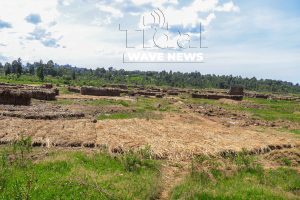
By Arnold Ageta
Tente area on the outskirts of Nyamira Town, Nyamira County- Kenya, is fast becoming an estate of brick and mortar.
This is not bad news until one mentions that the name Tente in the local Gusii dialect means wetland.
What the transformation of Tente now means is that it was once a wetland that was eventually occupied by the local community even before Nyamira Town came into being.
Tente is approximately three kilometers from Nyamira town, and according to the locals, it was once a big swampy area but one cannot spot any swamp at the moment.
“This was arguably the biggest wetland in this region,” says Zachary Masaki, a resident. ’
Masaki carries out his brick making business, here, something he has done for the last ten years.
‘‘The village was named Tente (wetland) because of the swampy nature of the area. The wetland was very vast thirty years ago but it has shrunk over time,” Masaki said.
He says the swampy area was approximately 5 kilometres long. It stretched along Tente river which was often a danger to cross because of the floating wetland.
‘‘We used to enjoy coming here to fish. Mud fish was common here,’’ the man who is in his 60s recalls.
Right now any open area that does not have a building is filled with eucalyptus trees and tea plantations. The activities are the root cause for the drying up of the wetland.
‘‘The name Tente lost meaning three decades ago because we no longer have even 10 meters of the wetland,’’ Masaki said.
Human activities, according to David Gesora who was also born and brought up in the area, have contributed to the disappearance of Tente wetland.
Gesora, a veteran journalist based in Nyamira, says that when growing up the area was very beautiful with a lot of water in the river that danced down the village.
‘‘Since the wetland dried, the river across Tente village lost a lot of water. This river may dry in the near future because it was being fed by the wetland,’’ he says.
Gesora regrets that many people do not know the importance of wetlands.
“That’s why they encroached and invaded the wetland by engaging in brick making, planting of trees and carrying out other agricultural activities.’’
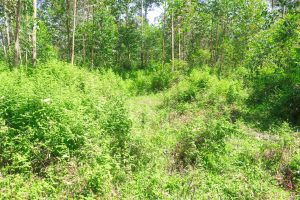
The story of the dying Tente wetland is similar to that of other areas of Kisii and Nyamira counties which have either dried up or at the brink of drying.
The wetlands in Nyamira are drying up because of human activities and fast rising population that is oblivious of the debilitating impact of the mess they are causing.
People are draining wetlands for commercial brick making, agricultural activities and the upcoming Nyamira County Industrial Park.
In their study ‘Evaluation of Wetland Loss in Maragua Watershed, Murang’a County, Kenya,’ Muema, Kaluli, Gathenya and Mwangi 2018, found that wetlands in Kenya cover about 3 per cent to 4 per cent of the land surface. This is approximately 14,000 km2 in area and it fluctuates up to 6 per cent in the rainy seasons.
The study further states that wetlands are often regarded as ‘wastelands’ and are continually being degraded and lost through conversion for agricultural use, settlement and industrial development.
According to United Nations Environment Programme (UNEP), wetlands have suffered degradation caused by among others pollution, over exploitation and catchment destruction.
In addition, lack of awareness and appreciation of the values of wetlands has contributed to their loss and mismanagement. This is according to the ‘Kenya Wetlands Atlas of Kenya’ report by the Ministry of Environment and Natural Resources.
‘‘Wetlands ecosystems are vital parts of hydrological cycle, support rich biodiversity and provide a wide range of ecosystem services such as water storage, water purification, flood mitigation, storm buffers, erosion control, aquifer recharge, microclimate regulation, aesthetic enhancement of landscapes. If these human activities are not controlled, we are staring at future disasters,’’ read the report.
A few kilometers from Tente village lies Sironga. It is presently the biggest wetland in Nyamira County, but it is equally under threat from brick making and other economic activities. As well, there are plans to build an industrial park on the wetland.
Zipporah Ombui who has been in the brick making business for 12 years says the venture has helped her economically because this is her main source of income.
‘‘This is the only place where I earn from and for many years it has been like my office,’’ she says smiling.
Mrs Ombui is not aware that her business is contributing to the degradation of the wetland.
She however welcomes the idea of the government putting up an industrial park there so that her children can get jobs.
‘‘We are not in any way opposing the establishment of the industrial park. We want it here so that our children can get jobs so that we get something to put in our stomachs,’’ she said happily.
Mrs Ombui is oblivious of the dangers of encroaching the wetlands yet she says water levels in the rivers have gone down.
Dr Tom Nyang’au, an environmental scientist at Kisii University says the declining levels of water table could be a result of climate change.
“Global warming and climate change are realities we are living with. The rate of water loss from the ground is happening has highly accelerated because of effects of climate change which has led to the depletion of the water table,” Dr Tom Nyang’au explains.
A few meters from Mrs Ombui is Mr. Vincent Marori who has been in this business for just three years. He says he ventured into this business because it is flourishing and earns them a good income.
For him, he opposes the establishment of the industrial park because it will be set up right on his spot and sweep him out of his current business.
Like many of his counterparts Mr. Marori is not interested in wetlands conservation measures. His aim is to earn a living.
‘‘We want to make money. Everybody wants to make money. That is why the government wants to destroy this wetland to put up and industrial park to generate money. Why would I be worried when the government itself is planning to destroy the wetland,’’ he said.
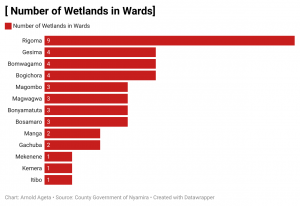
Mr Richard Onsongo, a climate expert warns that there is reduced discharge of water to rivers from these wetlands leading to reduced amount of water in our rivers.
‘‘Sironga is a water catchment area for Awach Kasipul, which is approximately 46 kilometers away,’’ he said.
He warned that if Sironga wetland is destroyed, residents of both Sironga and Kasipul in South Nyanza will feel the heat almost immediately.
According to the ratings of Water Resource Management Authority, issues of wetlands in Kisii and Nyamira counties are at alarm stage.
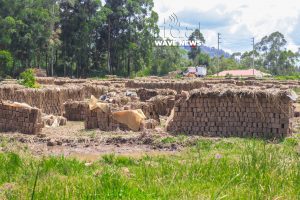
Wetland mining is rampant in Nyamira and has exhausted the majority of wetlands.
Many think that once they are exhausted they regenerate if they are left for some time.
‘‘It will reach a point when regeneration will not take place and lead to the drying of these wetlands,’’ Mr. Onsongo warned.
‘‘Mining of wetlands has also led to the distinction of elephant grass in these wetlands. This is a sign of danger to our wetlands in Nyamira,’’ he added.
Rivers in Nyaramba, 10 kilometers from Sironga, are drying up because micro catchment areas have been destroyed.
Mr. Onsongo says that there is almost zero discharge of water in the area that once had abundant of the resource springing up and forming the rivers.
He further says that even if the region experiences rainfall often, when it rains it causes river run-off.
‘‘Rain water just disappears because it does not have a place to anchor and does what we call ground water recharge,’’ he explained.
According to him this is the reason why water springs are drying up in Nyamira yet the area experiences rainfall in several months of the year.
‘‘People do not understand that this rain water needs a place to anchor and hold the water all year round. This is how sad the situation is in Nyamira,’’ said Mr Onsongo.
On the industrial park that will be established in Sironga, he said professionally it is wrong to put up the facility there.
‘‘The industry will destroy the aquatic system. This project needed professional environmental assessment, hydrological assessment report and aquatic ecological assessment reports before to determine how it will impact on the wetland,’’ he advised.
He advises that the government first gets these reports to see to what extent they can go with the construction works of the industrial park.
Mr. Onsongo says that the government needs to do a sensitization and awareness campaign that will run for a long time to make people appreciate the importance of wetland conservation and the consequences of destroying them.
Meanwhile The Nyamira County Wetlands Conservation Bill 2019 was passed by the County Assembly of Nyamira to provide for the protection, preservation and restoration of wetlands.
However, the Bill which established wetland prioritization and planning prioritization, planning and regulating activities altering the character of wetlands has not been implemented.
The Bill sought to stop encroachment of wetlands and allow minimal activities that do not destroy wetlands in the county.
Contrary to this, Mr. Onsongo says that these bills are never implemented and most of them are used for public relations.
‘‘We need wetland bills that can champion for mapping of wetlands and gazetting them to protect them from the threat of extinction arising encroachment and pollution,’’ he says.


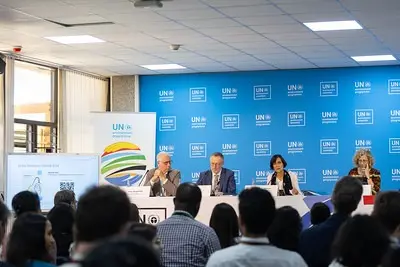
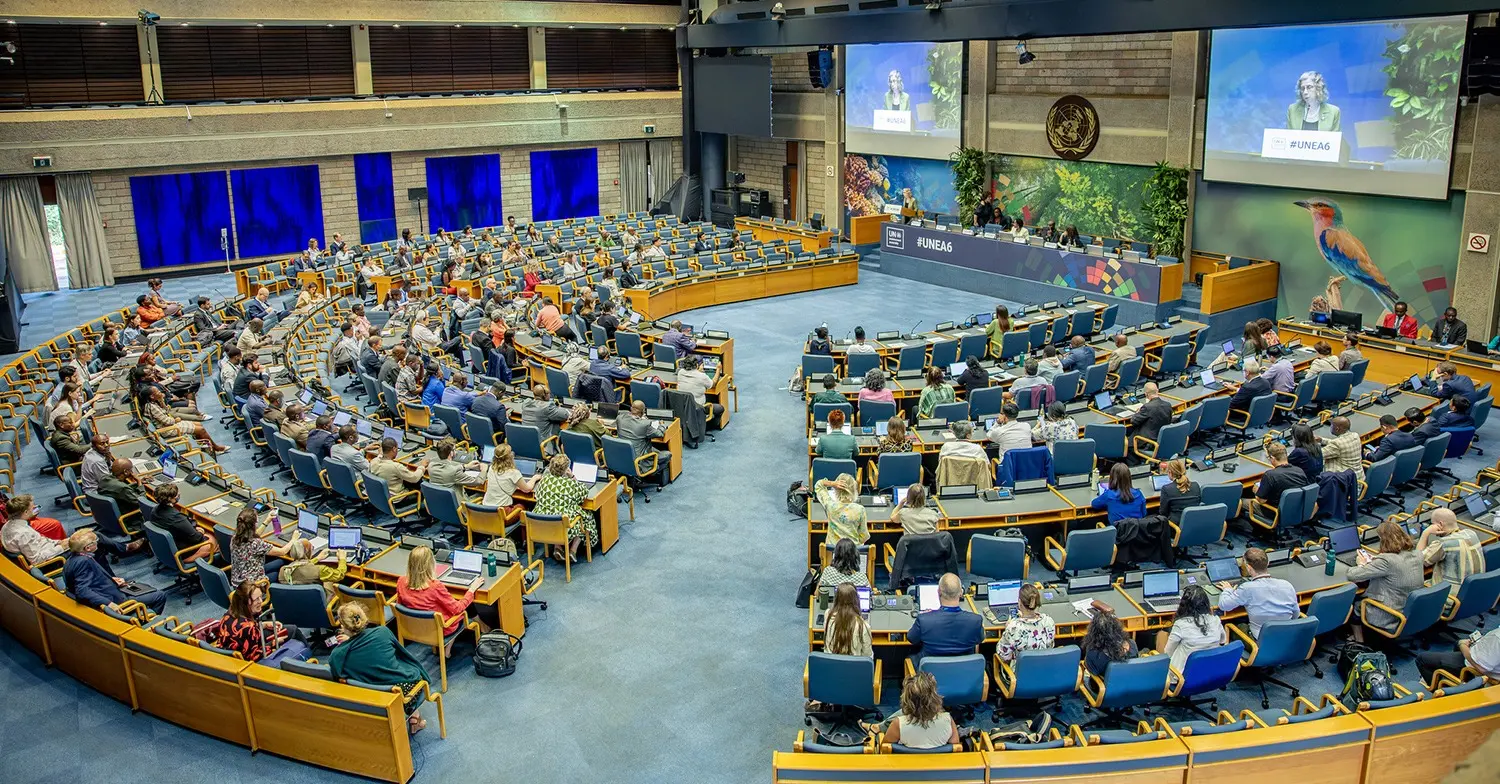
We are doomed if we destroy our wetlands